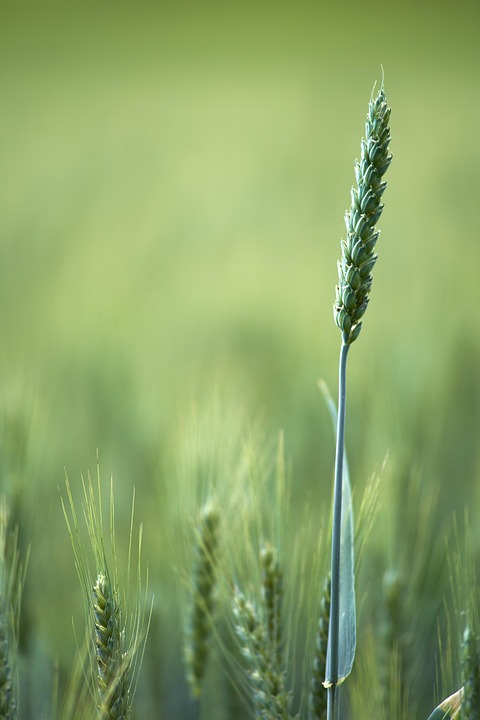Preserving the Roots of Life: The Essential Role of Biodiversity in Sustainable Agriculture
When we think of agriculture, we often envision vast fields of monoculture crops stretching as far as the eye can see. While this method of farming has dominated the industry for decades, it is becoming increasingly clear that it is not sustainable in the long term. One of the key reasons for this is the loss of biodiversity in our agricultural systems.
The Importance of Biodiversity in Agriculture
Biodiversity refers to the variety of life forms that exist in a particular ecosystem. In agriculture, this includes not only the crops we grow, but also the insects, birds, and other organisms that play a role in maintaining the health of the ecosystem. Biodiversity is essential for sustainable agriculture for several reasons.
1. Pest Control
One of the key benefits of biodiversity in agriculture is its role in pest control. When a farm is composed of a single crop, it creates an ideal environment for pests to thrive. However, when a diverse range of crops is grown, it disrupts the pests’ ability to establish populations, reducing the need for chemical pesticides.
2. Soil Health
Biodiversity also plays a crucial role in maintaining soil health. Different plants have different root structures and nutrient needs, which helps to prevent soil depletion and erosion. Additionally, the presence of a diverse range of plants helps to promote beneficial soil microorganisms, which are essential for nutrient cycling and plant growth.
3. Resilience to Climate Change
Climate change is posing significant challenges to agriculture, with extreme weather events becoming more frequent and unpredictable. Biodiverse farming systems are more resilient to these changes, as they are better able to adapt to varying conditions and are less susceptible to crop failures.
Challenges to Biodiversity in Agriculture
Despite the clear benefits of biodiversity in agriculture, there are several challenges that are threatening its preservation.
1. Monoculture Farming
Monoculture farming, where a single crop is grown over large areas, is one of the biggest threats to biodiversity in agriculture. This practice not only depletes the soil of nutrients but also creates a monoculture environment that is vulnerable to pests and diseases.
2. Genetic Erosion
Genetic erosion is another significant threat to biodiversity in agriculture. As farmers increasingly rely on a small number of high-yielding crop varieties, many traditional varieties are being lost. This loss of genetic diversity makes our food supply more vulnerable to pests, diseases, and changing environmental conditions.
3. Use of Chemical Inputs
The widespread use of chemical inputs such as pesticides and fertilizers is also contributing to the decline of biodiversity in agriculture. These chemicals can have harmful effects on beneficial insects, birds, and other organisms that play a role in maintaining a healthy ecosystem.
Preserving Biodiversity in Agriculture
Preserving biodiversity in agriculture is essential for the long-term sustainability of our food systems. There are several steps that farmers can take to promote biodiversity on their farms.
1. Crop Rotation
One of the simplest ways to promote biodiversity in agriculture is through crop rotation. By rotating crops from year to year, farmers can help to break pest cycles, improve soil health, and promote a diverse range of beneficial organisms.
2. Agroforestry
Agroforestry is another effective way to promote biodiversity in agriculture. By integrating trees and shrubs into farming systems, farmers can create diverse habitats for wildlife, improve soil health, and provide additional sources of income.
3. Cover Cropping
Cover cropping involves planting crops specifically to improve soil health, suppress weeds, and provide habitat for beneficial organisms. Cover crops can help to increase biodiversity on farms and reduce the need for chemical inputs.
Conclusion
Biodiversity is essential for sustainable agriculture, as it plays a crucial role in pest control, soil health, and resilience to climate change. However, biodiversity in agriculture is under threat from practices such as monoculture farming, genetic erosion, and the use of chemical inputs. By taking steps to promote biodiversity on their farms, farmers can help to preserve the roots of life and ensure the long-term sustainability of our food systems.
It is crucial for us to recognize the importance of biodiversity in agriculture and take action to preserve it for future generations.












